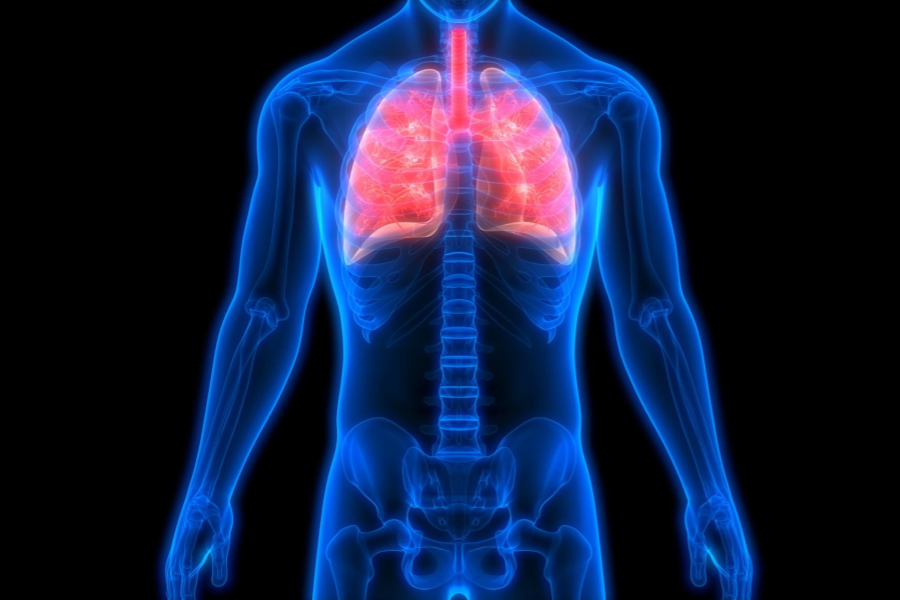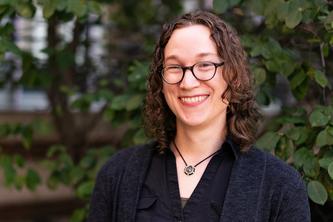
University of Minnesota researchers may have discovered a mechanical explanation for lung instability in cases of acute respiratory distress syndrome (ARDS), particularly following respiratory illnesses such as COVID-19 or pneumonia.
There is no known cure for ARDS, a life-threatening lung injury that allows fluid to leak into the lungs. As many as two-thirds of patients who passed away from COVID-19 had ARDS, and there is not a clear reason why specific people with a severe respiratory illness develop the disease.
The study, published in the Proceedings of the National Academy of Sciences, found:
- Adults suffering from ARDS had elevated levels of a lysolipid, which is a byproduct of the immune response to viruses and bacteria.
- Increased concentration of lysolipids eliminates the surfactant — a complex composed of fats and proteins generated in the lungs. The result is uneven lung inflation and respiratory distress.
- Once the surfactant is eliminated and respiratory distress occurs, there are not many ways to reverse the symptoms.
- Previous research of neonatal respiratory distress syndrome in premature infants found it could be treated by introducing replacement lung surfactant, but that was not the case in adults. It is the amount of lysolipid that determines the outcome of the surfactant in the lungs, not the breakdown of the existing lung surfactant.
“We looked into the correlation of the concentration of the lysolipid in the lungs. Once that fluid reached a certain level, it started to cause severe impacts,” said Joseph Zasadzinski, a professor in the College of Science and Engineering and author of the study.
The next step is to translate these ideas into a clinical environment and test to see if clinicians can manipulate specific molecules to make them less active or stick to a specific place. This could help drop the concentration of the lysolipids to a threshold that may be able to reverse symptoms of ARDS and put people on the road to recovery.
“This research shows frequency dependence, or how quickly one can open and close the lungs. This could help doctors try to tailor the treatment process for each specific patient,” said Clara Ciutara, a recent doctoral graduate and first author of the study.
Research was supported by a grant from National Institutes of Health Heart, Lung, and Blood Institute.
- Categories:
- Science and Technology
- Health conditions





